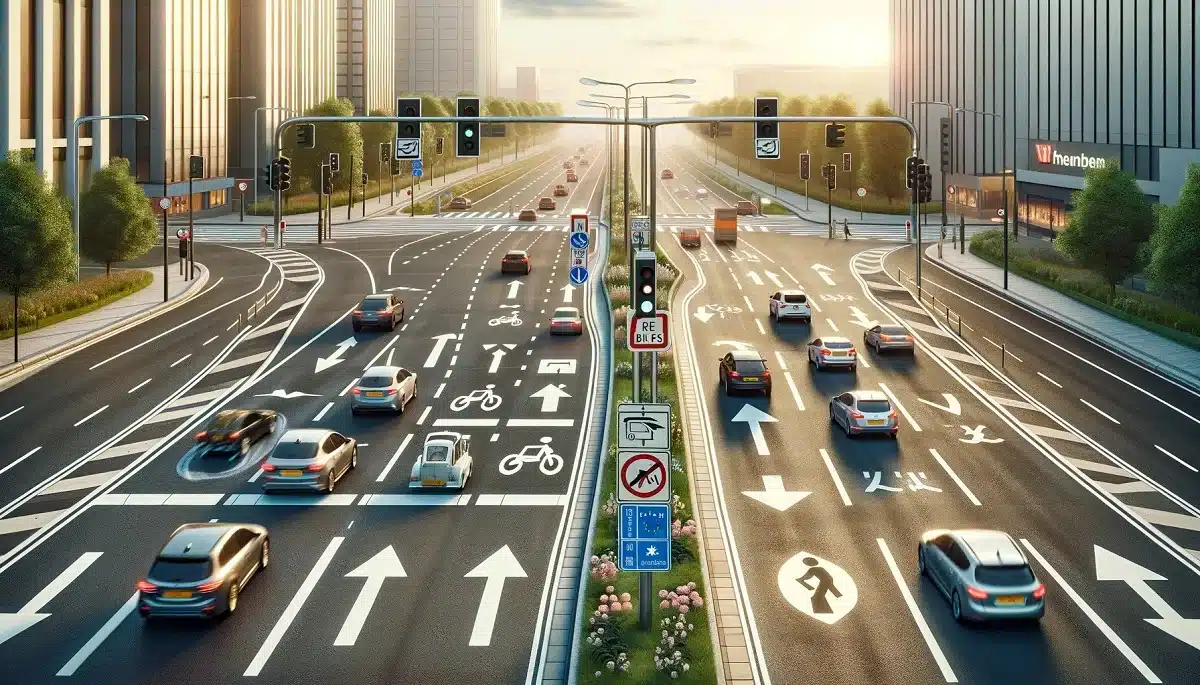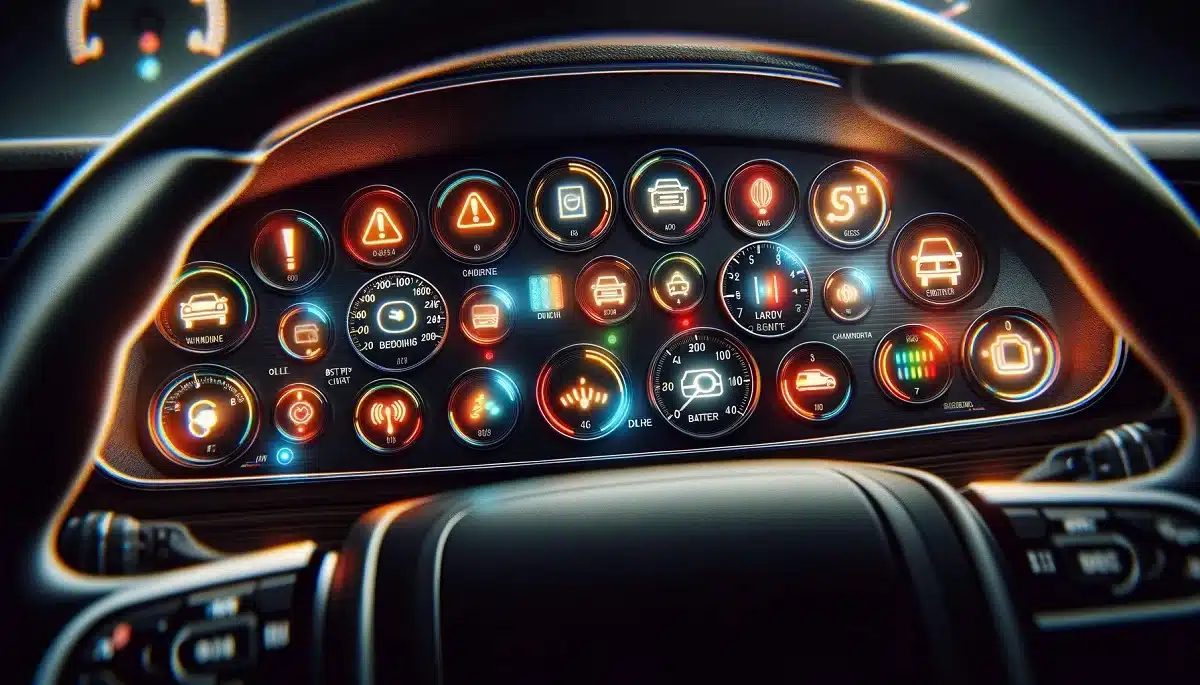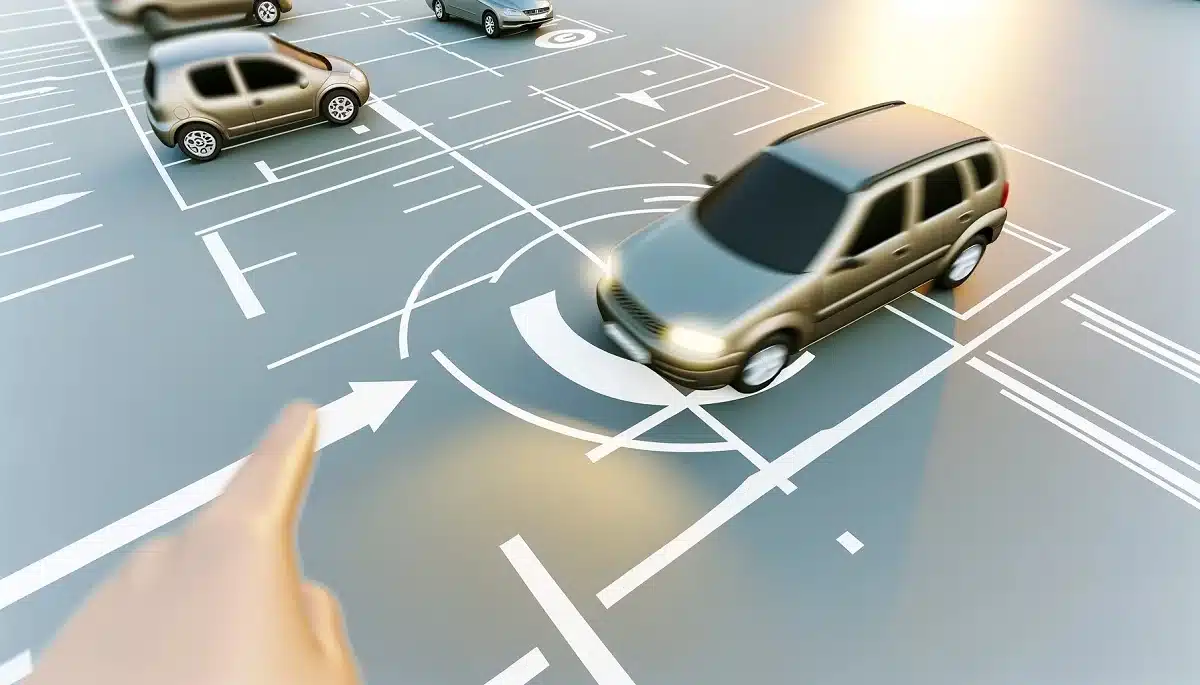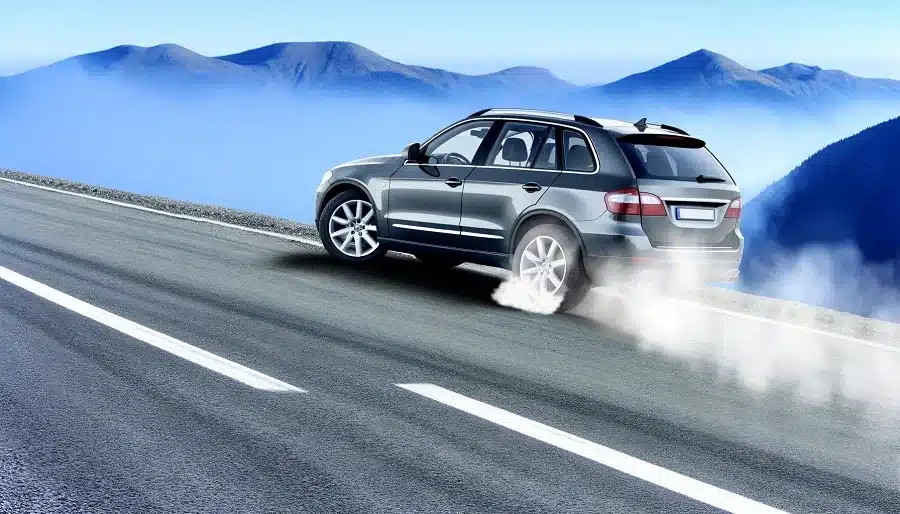Maintaining a safe following distance is a critical element of driving safely on the roads. This distance is the minimum space required between vehicles to allow them to stop without colliding in the event of a sudden stop or unexpected situation. A proper following distance can prevent accidents during sudden stops or unexpected conditions. In this article, we will explore how much distance should be maintained between vehicles, how to calculate this distance, and how to adjust the following distance under different driving conditions.
Importance of Following Distance
Keeping an adequate following distance is vital not only for the safety of the driver and passengers but also for the safety of other road users. Sufficient distance provides the driver with time to react and can reduce or entirely prevent the impact of a potential accident.
Calculating Following Distance
The following distance typically varies based on the vehicle’s speed and road conditions. A general rule is to maintain a distance equal to the length of the road covered by the vehicle in two seconds. However, this rule should be adjusted based on various factors:
- Normal Conditions: Under ideal road and weather conditions, a following distance equal to half the vehicle’s speed (in meters) can be appropriate. For instance, a following distance of about 45 meters is suitable for a vehicle traveling at 90 km/h.
- Adverse Weather Conditions: In poor weather conditions such as rain, fog, or snow, the following distance should be at least doubled. These conditions significantly increase the vehicle’s stopping distance.
- Heavy Vehicles: For vehicles carrying heavy loads, the following distance should be greater than that for normal vehicles because their stopping distances are longer.
Factors Affecting Following Distance
Several key factors influence the following distance:
- Speed: As vehicle speed increases, the stopping distance also increases. Therefore, as speed increases, the following distance should also be increased.
- Road Conditions: Wet, slippery, or uneven surfaces increase the vehicle’s stopping distance. More following distance should be left under these conditions.
- Vehicle Characteristics: Characteristics such as a vehicle’s braking capacity and weight affect its stopping distance. Heavy vehicles stop over a longer distance than lighter vehicles.
- Driver’s Reaction Time: The driver’s age, health condition, and level of attention can affect reaction time. An increased reaction time necessitates a longer following distance.
Conclusion
Maintaining a safe following distance is key to preventing accidents and traveling safely on the road. Drivers should continuously adjust their following distance based on their speed, road conditions, and the characteristics of their vehicle. Remember, a safe following distance not only protects you and your passengers but also the lives of others on the road.





